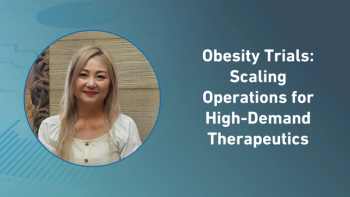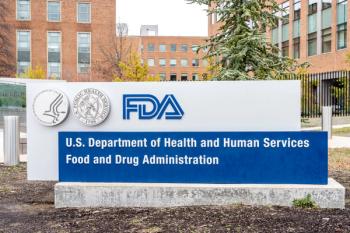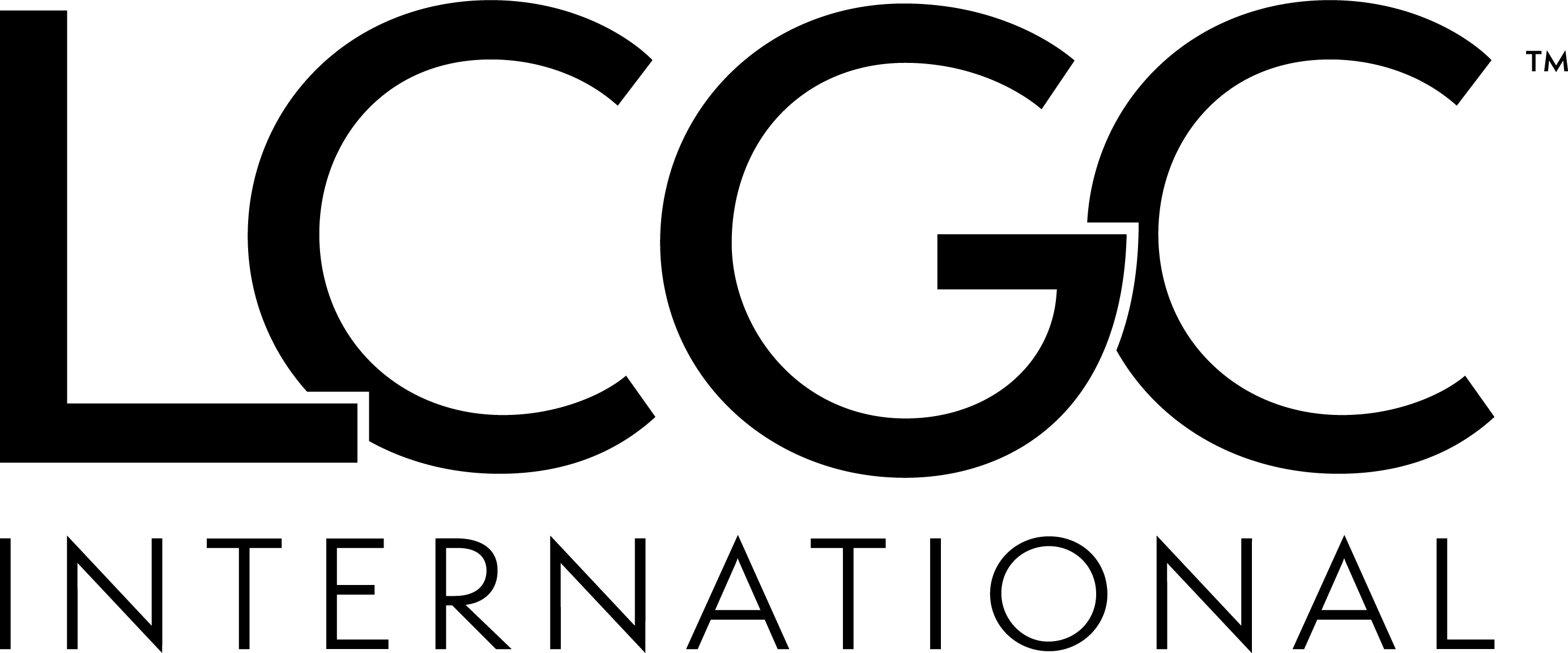Key takeaways
Susvimo sets a new standard for long-acting ophthalmic treatments: With FDA approval for a refill interval of nine months, Susvimo offers a breakthrough in treatment durability. This highlights the growing regulatory support for therapies that reduce patient burden and clinic visits—key considerations for future trial design and endpoint planning.
Trial design emphasizes functional endpoints and reduced supplementation: Both the Pavilion and Pagoda trials used meaningful clinical endpoints (e.g., DRSS improvement, visual acuity) and demonstrated success without additional injections. This reinforces the value of selecting pragmatic, outcome-driven endpoints in ophthalmology trials.
Multiyear data supports the case for extended follow-up in trials: The two-year data from Pavilion and Pagoda show long-term efficacy and durability, underscoring the importance of designing trials that can capture sustained benefit. For clinical operations teams, this may require planning for extended patient engagement and retention strategies.
The FDA has approved Roche’s Susvimo (ranibizumab injection) at a dose of 100 mg/mL for the treatment of diabetic retinopathy (DR). The treatment has become the first and only FDA-approved continuous delivery treatment shown to maintain vision in people with DR with just one refill every nine months. Susvimo’s approval is based on positive results from the Phase III Pavilion trial (NCT04503551).1
In a press release, Levi Garraway, MD, PhD, chief medical officer and head of global product development, Roche, said: “The approval of Susvimo for diabetic retinopathy expands treatment options for patients, offering predictable and immediate durability after implantation with only one treatment every nine months. Many patients with common retinal conditions seek alternative treatment options like Susvimo that can help preserve vision with longer intervals between treatments than regular eye injections.”
Pavilion trial: Susvimo achieves superior retinopathy outcomes without additional injections
In the Pavilion trial, DR patients who received Susvimo refilled every nine months achieved superior improvements on the Diabetic Retinopathy Severity Scale (DRSS). Additionally, no participants who were treated with Susvimo needed additional treatment with supplemental injections during the 52-week primary study period, compared to 60% in the control arm.2
The Pavilion study is a multicenter, randomized trial in participants with DR without center-involved diabetic macular edema (DME). It evaluated Susvimo at 100 mg/mL refilled every nine months compared with those under monthly clinical observation, in 174 participants. The primary endpoint was the proportion of participants with at least a two-step improvement from baseline on the DRSS at week 52.3
In the press release, vitreoretinal surgeon, Carl Awh, MD, Tennessee Retina, Tennessee, added: “Susvimo is a compelling new treatment for patients at risk of vision loss from progression of diabetic retinopathy. I am delighted to have this far more durable treatment available for my patients.”
Along with results from the Pavilion study, Roche shared data from another study evaluating Susvimo in July 2024. The Phase III Pagoda trial (NCT04108156) evaluated the therapy for the treatment of DME.2
Pagoda trial confirms vision gains in diabetic macular edema with fewer treatments
In Pagoda, DME patients who received Susvimo refilled every six months achieved non-inferior visual acuity gains compared with participants who received monthly ranibizumab intravitreal injections at a dose of 0.5 mg. Additionally, about 95% of patients in the Susvimo arm did not require additional treatment with supplemental injections during the 64-week primary analysis period.
Pagoda enrolled 634 participants with DME. The primary endpoint was a change in best-corrected visual acuity score (the best distance vision a person can achieve—including with correction such as glasses—when reading letters on an eye chart) from baseline at the average of week 60 and week 64.4
In a press release from the time, Garraway said: “These efficacy and safety results demonstrate that Susvimo can deliver robust vision outcomes over two years for people with diabetic eye diseases that can cause vision loss. If approved by the US FDA, Susvimo could bring a new treatment paradigm for diabetic eye diseases. We hope to bring this option to people with diabetic macular edema and diabetic retinopathy as soon as possible to help maintain their vision and potentially their independence.”
Two-year data supports long-term durability of Susvimo for diabetic eye disease
Both Pavilion and Pagoda showed positive data for Susvimo treatment over two years as well. In Pavilion, following 100 weeks, 80% of Susvimo participants achieved a two-step or greater improvement on the DRSS from pre-implant baseline, and participants who received Susvimo from week 64 either maintained or improved their DRSS score from pre-implant baseline. Meanwhile, in Pagoda, study participants continued to maintain improvements in vision gains seen at one year (9.8 eye chart letters).
References
1. FDA approves Roche’s Susvimo for diabetic retinopathy. News release. Roche. May 21, 2025. Accessed May 22, 2025. https://www.roche.com/media/releases/med-cor-2025-05-22
2. New data for Roche’s Susvimo demonstrates sustained efficacy in two serious diabetic eye conditions. News release. Roche. July 18, 2024. Accessed May 22, 2025. https://www.roche.com/media/releases/med-cor-2024-07-18
3. A Multicenter, Randomized Study in Participants With Diabetic Retinopathy Without Center-involved Diabetic Macular Edema To Evaluate the Efficacy, Safety, and Pharmacokinetics of Ranibizumab Delivered Via the Port Delivery System Relative to the Comparator Arm (PAVILION). ClinicalTrials.gov. Accessed May 22, 2025. https://clinicaltrials.gov/study/NCT04503551
4. This Study Will Evaluate the Efficacy, Safety, and Pharmacokinetics of the Port Delivery System With Ranibizumab in Participants With Diabetic Macular Edema Compared With Intravitreal Ranibizumab (Pagoda). ClinicalTrials.gov. Accessed May 22, 2025. https://clinicaltrials.gov/study/NCT04108156






.png)



.png)



.png)
.png)
